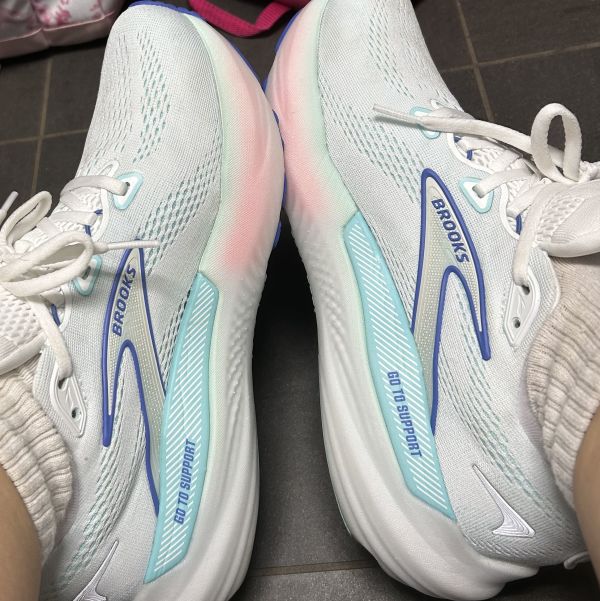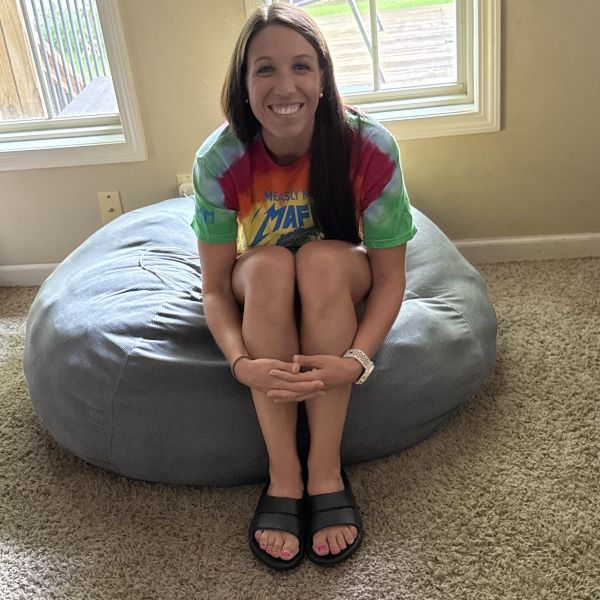
The VJ Lightspeed is designed with one goal in mind: speed on trails. With a bouncy supercritical foam midsole and a stiffening polymer plate, the shoe nearly disappears underfoot during steep climbs and fast descents.
I've logged 55 miles in the Lightspeed, primarily on rough, steep trails — think loose baby heads, slickrock slabs, and rutted descents. The ride feels energetic and connected without being overly harsh, making it a strong choice for trail workouts, faster long runs, and races up to about 2.5 hours.
It’s a shoe that loves effort — not cruising. If you're looking for something to slog through recovery miles or tackle ultras, you'll want something more forgiving.
VJ Lightspeed Specs of Note
Compared to similar featherweight trail racers (like the Salomon Pulsar 3), the Lightspeed offers superior underfoot protection thanks to its thicker midsole and plate integration.
You still feel close to the ground, but there’s noticeably more defense against sharp rocks — a welcome upgrade for technical courses.
If the Pulsar 3 is a minimalist "trail slipper," the Lightspeed feels a little more armored — without tipping into overbuilt territory.
One caution: the Lightspeed’s narrow midfoot and heel design can make it feel unstable on technical terrain, especially for heel strikers.
If you're prone to rolling ankles, I highly recommend taping or bracing before using these on rough trails. The forefoot is the most stable part of the shoe — so midfoot and forefoot strikers will fare best here.
As expected from VJ, the outsole is an absolute standout.
The 3.5mm lugs bite into soft surfaces without clogging, and the rubber compound clings impressively to wet rock, dusty slabs, and everything in between. After 55 miles, I’ve seen zero abnormal wear — the outsole looks nearly new.
The upper, however, is a slight letdown. It's thick, stiff, and somewhat bulky, especially compared to sleeker race-day uppers like the Pulsar 3’s sock-fit mesh. While the Lightspeed’s upper offers good durability and lockdown, it sacrifices a bit of breathability and comfort.
I initially experienced Achilles hotspots during break-in, but they resolved after a few runs. However, I have noticed some plantar discomfort during hill workouts — possibly from the narrow toebox compressing my big toe and limiting arch support.
The Lightspeed fits narrow, especially in the midfoot and toebox. Length runs true to size for me (I'm a women's 8.5), but runners with wider feet may find the fit a bit snug without much room for toe splay. For runners who want all of the VJ grip, but more room to breathe, check out the MaXx2.
If you love a glove-like, race-day fit, you'll appreciate it. If you prefer a more relaxed fit, this might not be the shoe for you.
If you’re looking for a high-traction, race-ready trail shoe for workouts, short to mid-distance racing, or fast technical adventures, the VJ Lightspeed deserves serious consideration.
It’s not a daily trainer. It’s not built for recovery runs or ultras. But when it’s time to push the pace on technical terrain, this shoe is ready to deliver. For my needs, the Lightspeed edges out the Pulsar 3 in protection and technical terrain security — even if it does trade a little weight and upper comfort to get there.
I was gifted the VJ Lightspeed, but after running in them, I would go out and purchase these shoes with my own funds.
Login to your account to leave a comment.






We Want to Give it to You!
